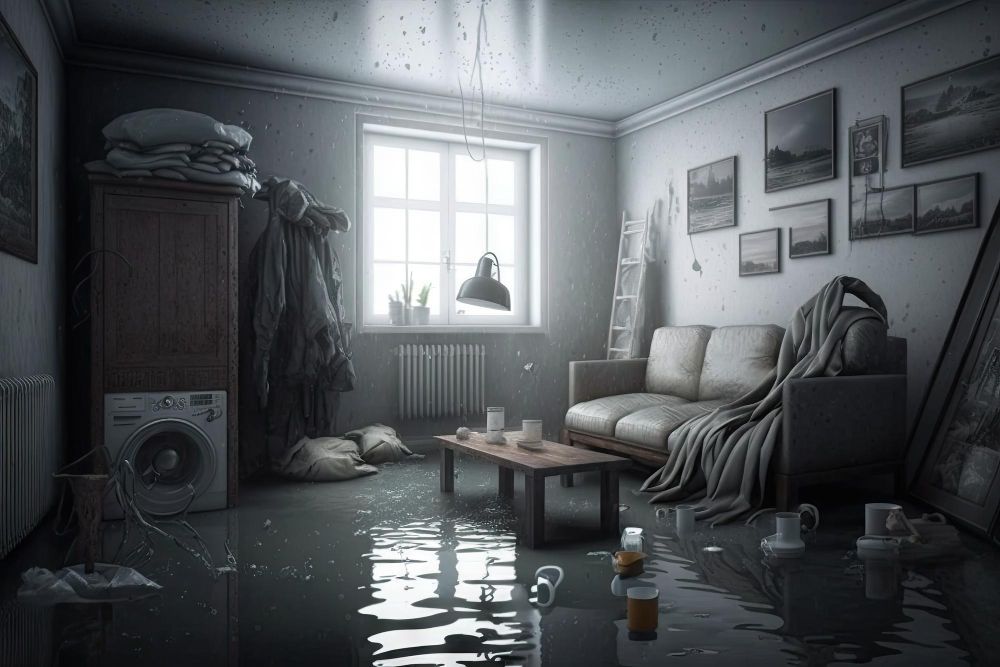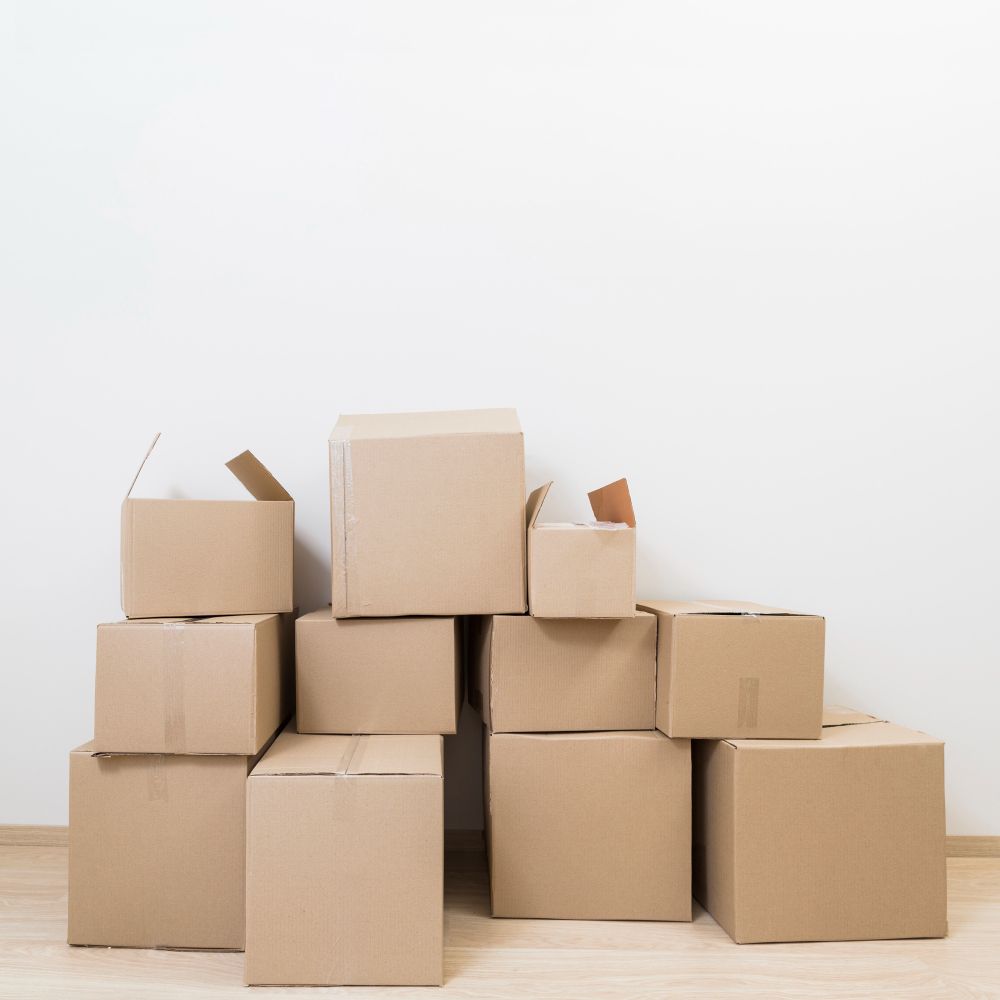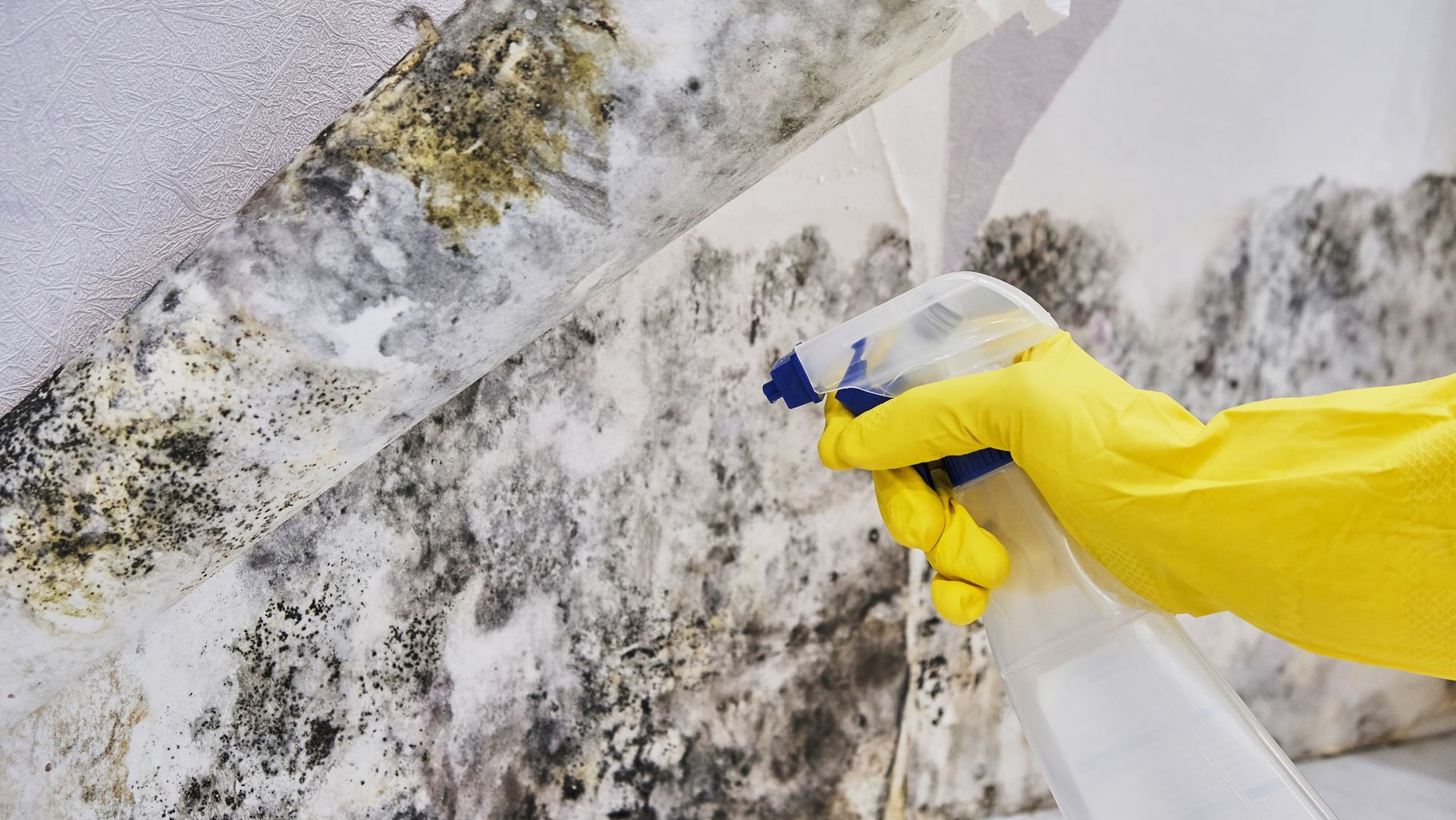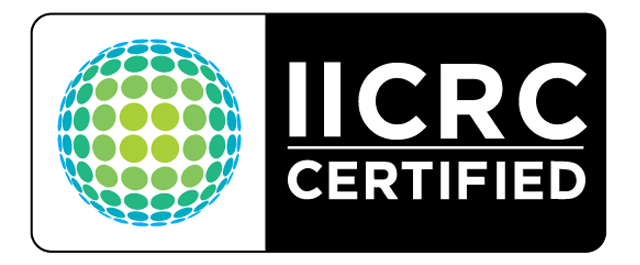
When You Expect Excellence In Every Step
706-420-3486
A Guide to Flooded Basement Cleanup and Restoration
Dealing with Disaster: A Guide to Flooded Basement Cleanup and Restoration
-Athens, GA

A flooded basement is every homeowner's nightmare. Whether caused by heavy rains, burst pipes, or malfunctioning appliances, water damage can wreak havoc on your home and your peace of mind. However, with prompt action and the right approach to cleanup and restoration, you can mitigate the damage and restore your basement to its former glory.
In this guide, we'll explore the essential steps for flooded basement cleanup and restoration, ensuring a swift and effective response to water damage.
- Safety First: Before diving into cleanup efforts, prioritize safety. Turn off the power supply to the basement to prevent the risk of electrical shock. If the water level is significant or if there's any doubt about safety, it's best to wait for professional assistance. Wear protective gear such as gloves, boots, and a mask to minimize exposure to contaminants in the water.
- Assess the Damage: Once it's safe to enter the basement, assess the extent of the damage. Take note of the water level, any visible damage to walls, flooring, and belongings, and the presence of mold or mildew. This initial assessment will help guide your cleanup efforts and determine the scope of restoration required.
- Remove Standing Water: The first step in flooded basement cleanup is to remove standing water. Use a wet-dry vacuum, pumps, or buckets to extract as much water as possible from the basement. Be thorough in this process to prevent further damage and minimize the risk of mold growth.
- Dry Out the Area: After removing standing water, focus on drying out the basement. Open windows and doors to promote airflow, and use fans, dehumidifiers, and heaters to speed up the drying process. Pay special attention to hidden areas such as behind walls and under flooring, as moisture can linger and lead to mold growth if not properly addressed.
- Clean and Disinfect: Once the basement is dry, it's time to clean and disinfect all affected surfaces. Use a mixture of water and mild detergent to scrub walls, floors, and any salvageable belongings. Disinfect with a bleach solution to kill any remaining bacteria and prevent mold growth. Don't forget to clean and disinfect HVAC systems, appliances, and any other items affected by the flood.
- Address Mold and Mildew: Mold and mildew can thrive in damp environments, so it's essential to address any signs of mold growth promptly. Use a mold and mildew remover to eliminate visible mold, and consider applying a mold-resistant coating to prevent future growth. If the mold infestation is severe or widespread, it may be necessary to seek the professional assistance from Restoration Specialist for remediation.
- Restore and Renovate: Once the basement is clean, dry, and free of mold, it's time to focus on restoration. Repair any damaged walls, flooring, or infrastructure, and replace any irreparably damaged belongings. Consider waterproofing measures such as installing a sump pump or sealing cracks to prevent future flooding.
In conclusion, dealing with a flooded basement can be a daunting task, but with the right approach to cleanup and restoration, you can minimize the damage and restore your home to its former condition. By prioritizing safety, promptly removing standing water, thoroughly drying out the area, cleaning and disinfecting all surfaces, addressing mold and mildew, and restoring and renovating as needed, you can effectively mitigate the effects of water damage and ensure a swift recovery from this disaster. Call Restoration Specialist for all your restoration needs.


